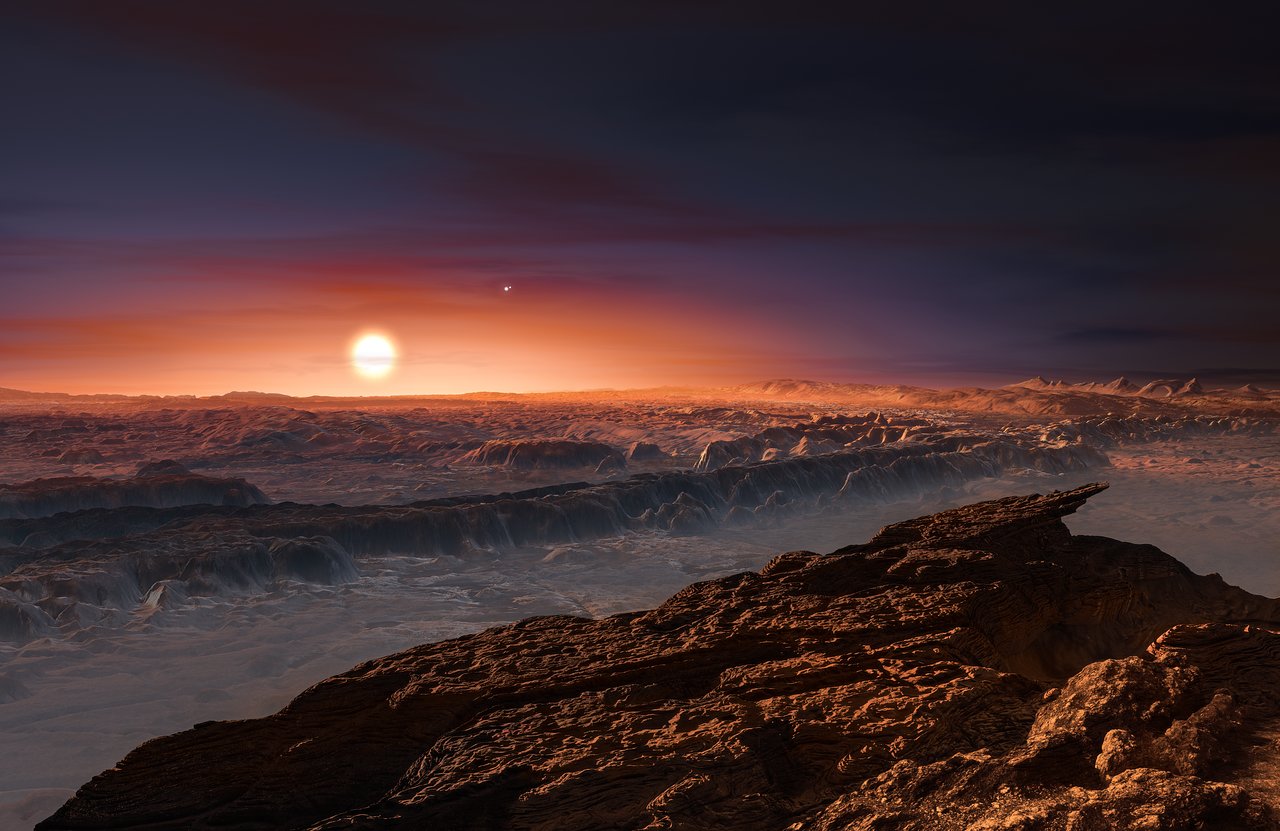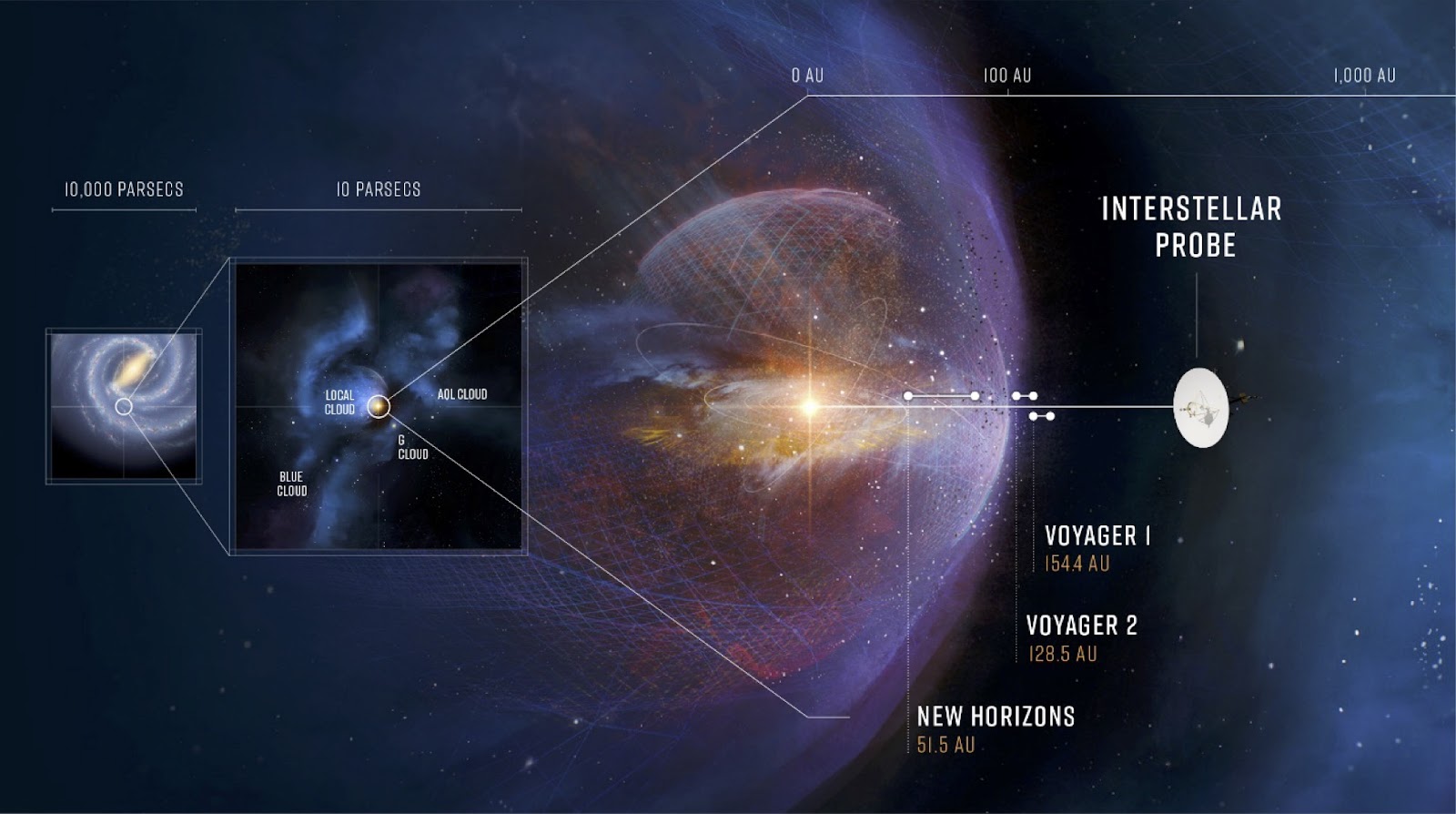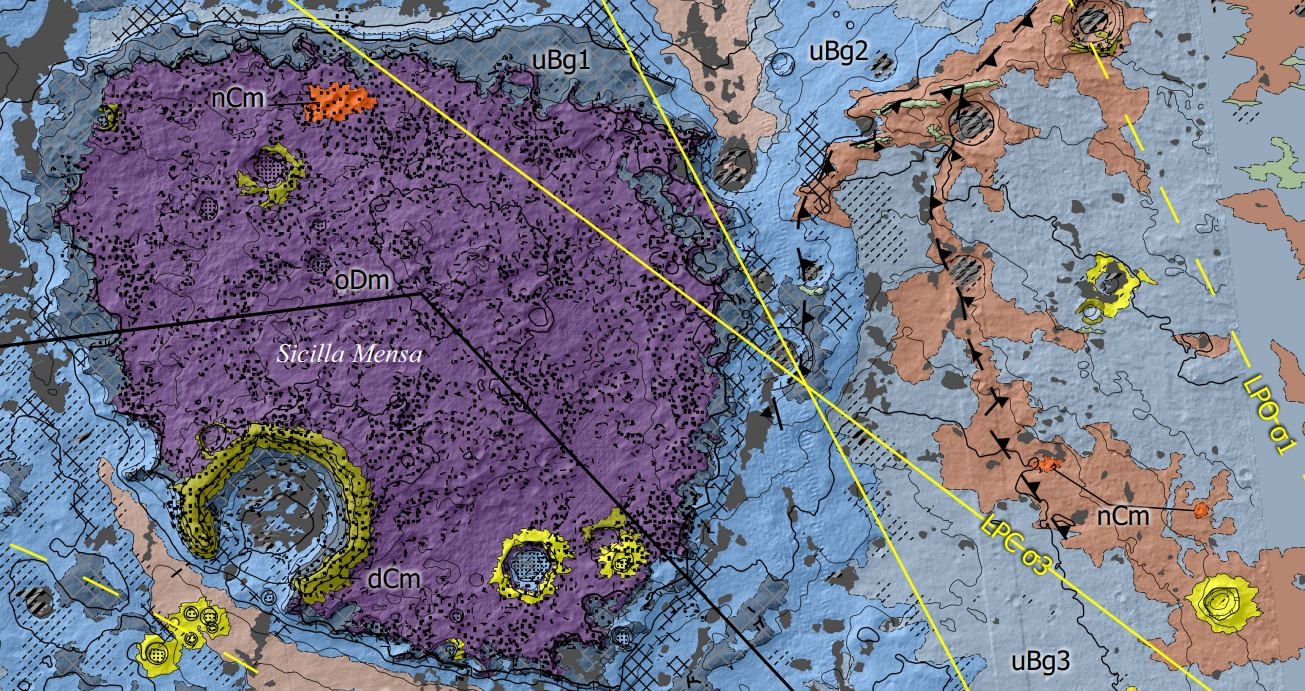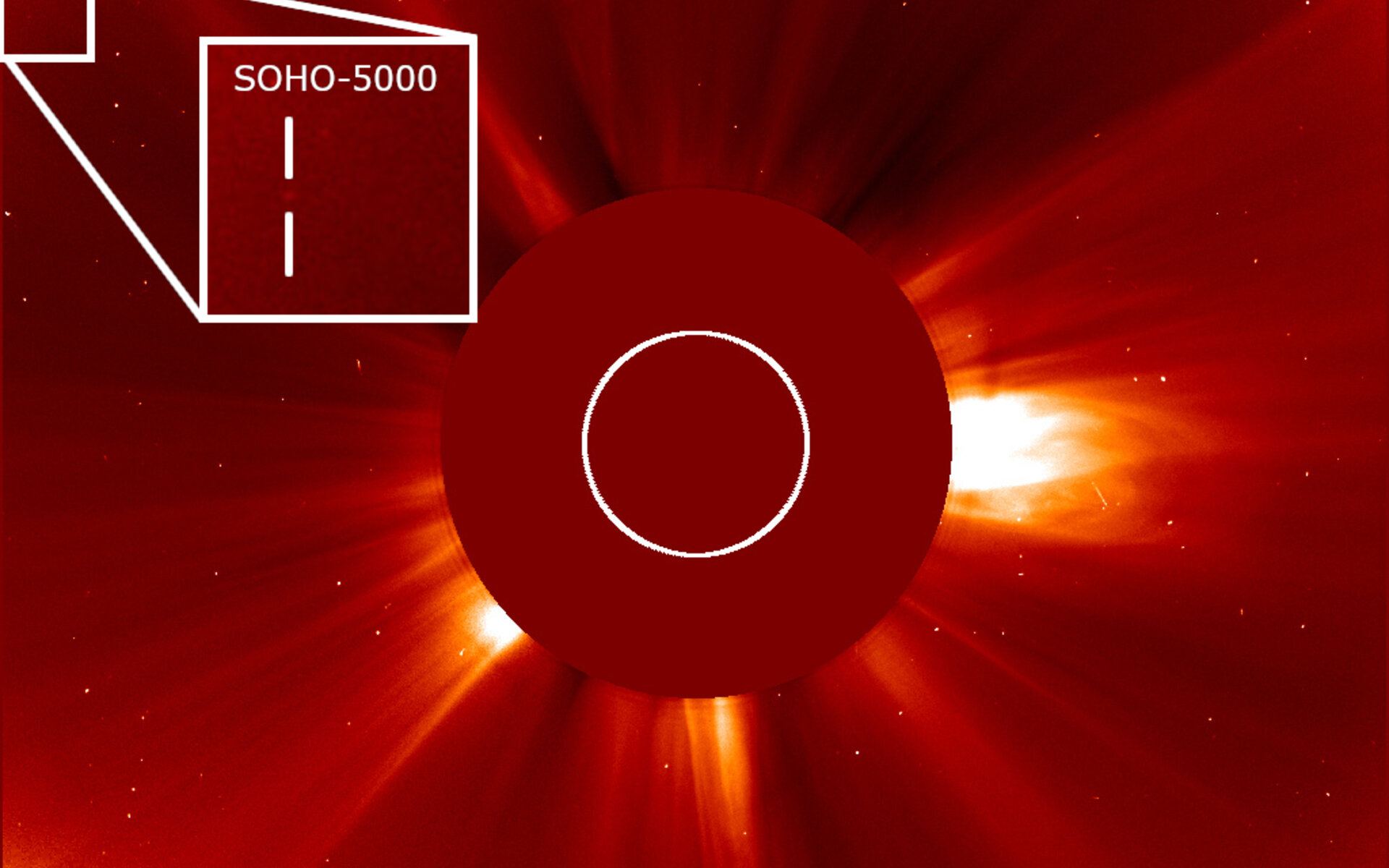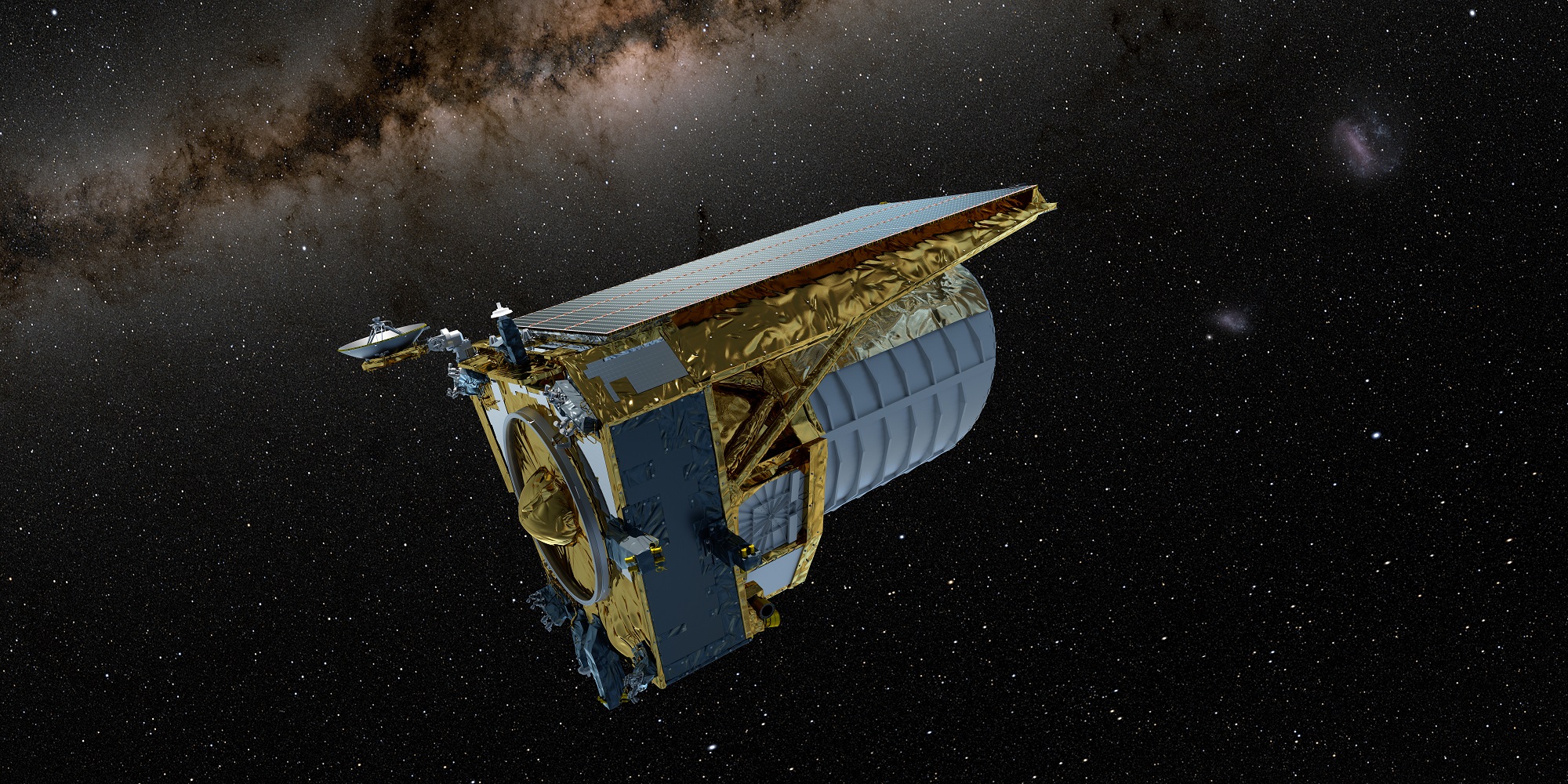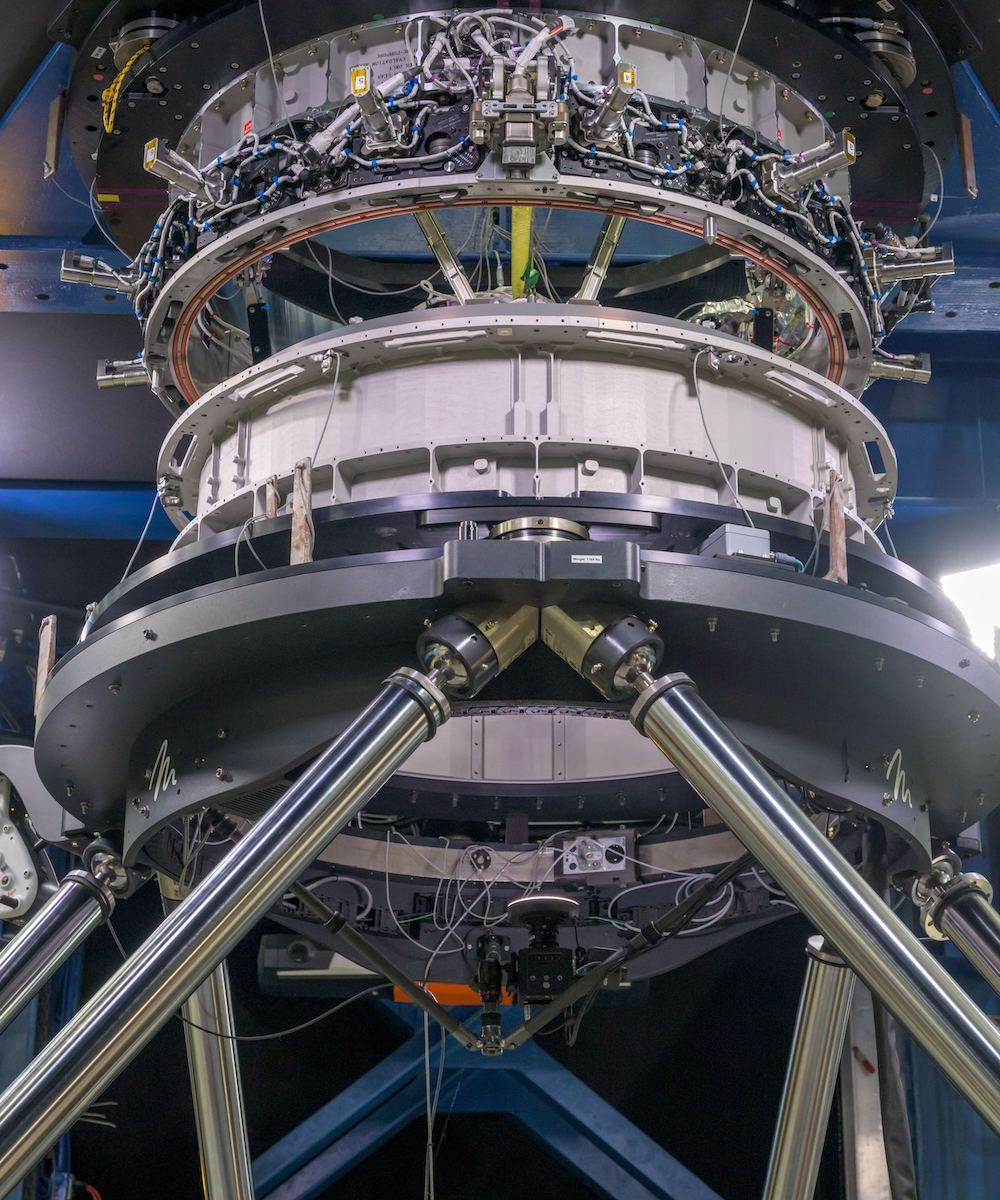You’ve likely heard of the Breakthrough Starshot (BTS) initiative. BTS aims to send tiny gram-scale, light sail picospacecraft to our neighbour, Proxima Centauri B. In BTS’s scheme, lasers would propel a whole fleet of tiny probes to the potentially water-rich exoplanet.
Now, another company, Space Initiatives Inc., is tackling the idea. NASA has funded them so they can study the idea. What can we expect to learn from the effort?
Continue reading “What a Swarm of Probes Can Teach Us About Proxima Centauri B”
